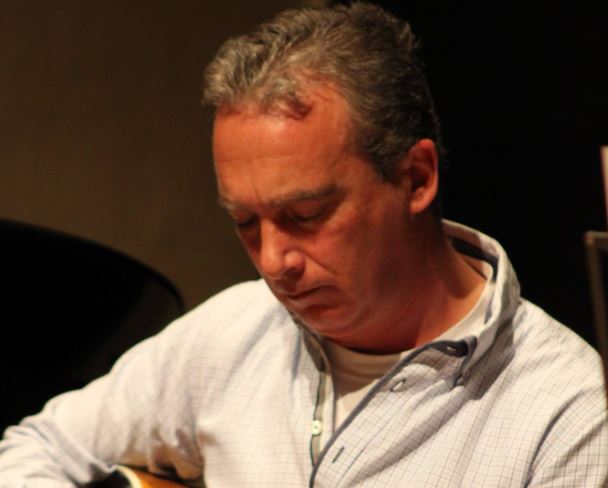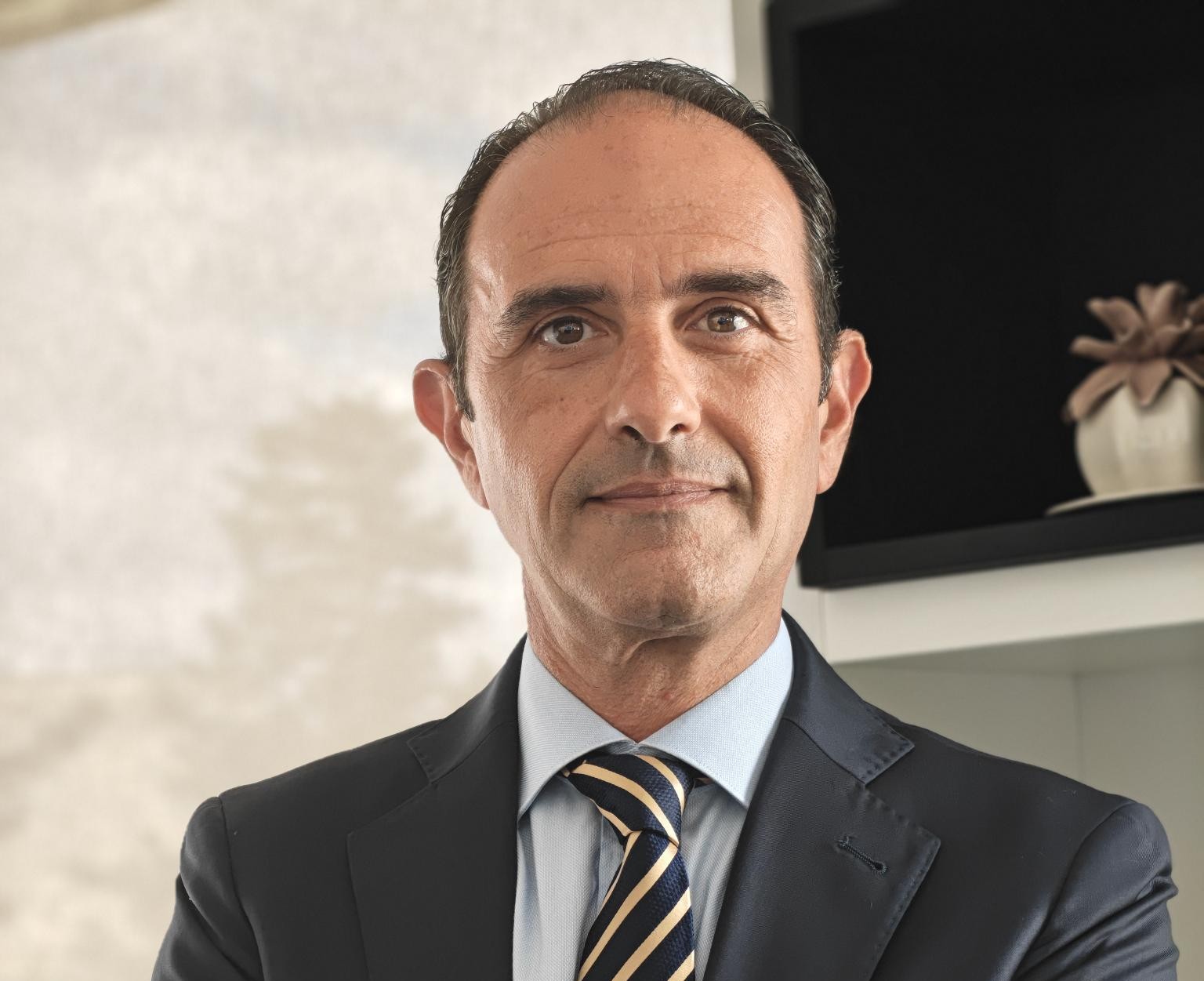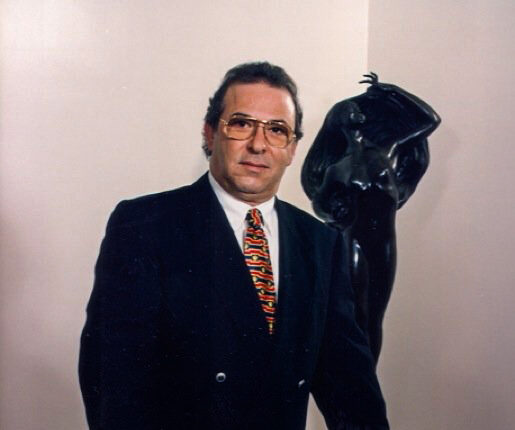Burnout is often misunderstood. It’s easy to think of it as simply feeling tired after a long week, something that can be fixed with a holiday or an extra-long weekend. In reality, burnout is a far deeper and more complex issue – and widespread myths about it are preventing organisations from dealing with it properly.
Here’s why these misconceptions are dangerous, and what leaders must understand if they want to support real recovery and resilience.
Myth: A holiday will solve burnout
It’s a common belief: I just need to make it to the weekend or Once I take a week off, everything will be fine. Certainly, time off is essential for rest and recovery. However, treating a break as a cure rather than part of a broader solution sets people up for disappointment – and often worse burnout when they return.
Reality: Time away is important, but if the conditions causing chronic stress remain unchanged, burnout will inevitably return. Healing requires addressing deeper issues such as workload management, clarity of role, organisational culture, and personal coping mechanisms. A holiday can offer temporary relief, but sustainable recovery needs much more than time off.
Myth: Burnout means you’re weak
Far too often, burnout is wrongly seen as a personal failing – a sign that someone wasn’t strong enough, resilient enough, or committed enough.
Reality: Burnout is not about weakness; it is the result of unsupportive environments and systemic ways of working. It is both an individual and collective issue. On one level, individuals must reconnect with their bodies, emotions, and mental well-being. At the same time, organisations must re-examine how they work together: how they manage workloads, support conflict resolution, create a sense of belonging, and prevent a culture of scarcity or relentless competition.
Myth: Stress and burnout are just part of life
Especially among driven individuals, there is a temptation to see high stress as an inevitable cost of ambition or leadership. Some even believe burnout is a badge of honour.
Reality: While short-term stress can be natural and even healthy, chronic stress leading to burnout is neither normal nor desirable. Research shows that long-term stress damages physical health, weakens cognitive function, and leads to poorer outcomes – both personally and organisationally. Burnout does not make someone more effective, resilient, or admirable. It drains them of energy and creativity over time.
Myth: Burnout only happens at work
Many people associate burnout solely with professional life. After all, jobs are a major source of daily stress. But burnout extends far beyond the office.
Reality: Burnout can happen in any area of life involving chronic, unrelenting stress – parenting, relationships, volunteering, even hobbies. Its effects are cumulative. Stress in one area often spills over into others, compounding the emotional and physical toll. Addressing burnout therefore requires a holistic approach, considering the full spectrum of pressures a person may be facing.
Myth: Quick fixes will cure burnout
A few deep breaths before a meeting. A yoga session after work. A stress ball on the desk. While these tactics can help manage immediate, acute stress, they are not enough to solve true burnout.
Reality: Because burnout is the result of persistent, chronic stress, it demands sustained, fundamental changes. This means rethinking workloads, setting clear boundaries, encouraging genuine recovery practices, and redesigning ways of working so that well-being is prioritised every day – not just when someone reaches a crisis point.
Myth: You can overcome burnout with willpower
Comments like toughen up or just work harder are not only unhelpful but deeply damaging. Burnout is not a mindset issue that can be overcome through sheer determination.
Reality: Burnout is a physiological response involving neurotransmitters, hormones, and the immune system. Chronic stress keeps the body in a constant state of alert, leading to real, measurable harm. Recovery from burnout requires compassion, structural change, and comprehensive strategies – not pressure to push through.
Myth: Everyone is burned out
With the conversation around burnout becoming more mainstream, there’s a risk of overgeneralisation. It can sometimes seem as though everyone is exhausted and burned out all the time.
Reality: Burnout exists along a spectrum. While many people experience fatigue and dips in motivation, true burnout is distinct and should be recognised properly. Around 28 per cent of the general population reports burnout symptoms. It’s important not to trivialise real suffering by mislabelling normal fluctuations in energy and engagement as burnout. Equally, recognising when someone truly needs support is critical.
Why busting these myths matters
Burnout is not simply the cost of ambition, and it’s not an individual failure. It is a warning sign that something needs to change – in how we work, how we connect, and how we care for ourselves and each other.
By letting go of outdated myths and focusing on real, systemic solutions, leaders can create workplaces where people are energised, not drained; inspired, not overwhelmed.
Because when businesses invest in true well-being, everyone wins.
Tumas Group honours the visionary spirit of George Fenech
Tumas Group reflects on the life and legacy of former CEO George Fenech with ‘deep gratitude and pride’.
How to nail your year-end review: Expert advice from Headhunter Francina Moisa
'Listen, don't lash out.'
Easy Landlord Managing Director outlines rental reforms that Malta actually needs
Karl Cassar reacts to the Government's short let proposals and what Malta could learn from other countries.
Launch of Focal Logistics Group ‘the culmination of decades of expertise’ – Godwin Xerri
Focal Logistics Group has been formally launched as a consolidated logistics entity, unifying the operations of 4 companies.









